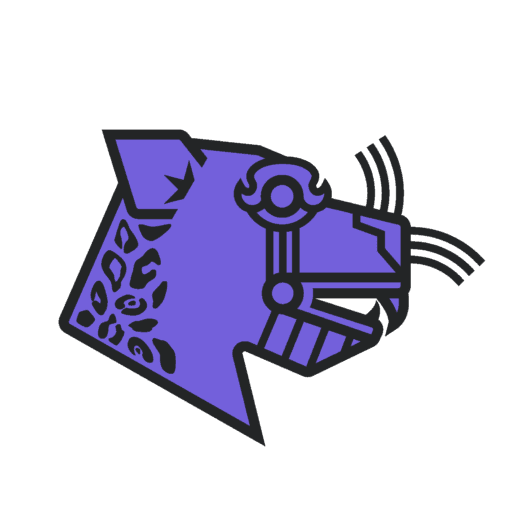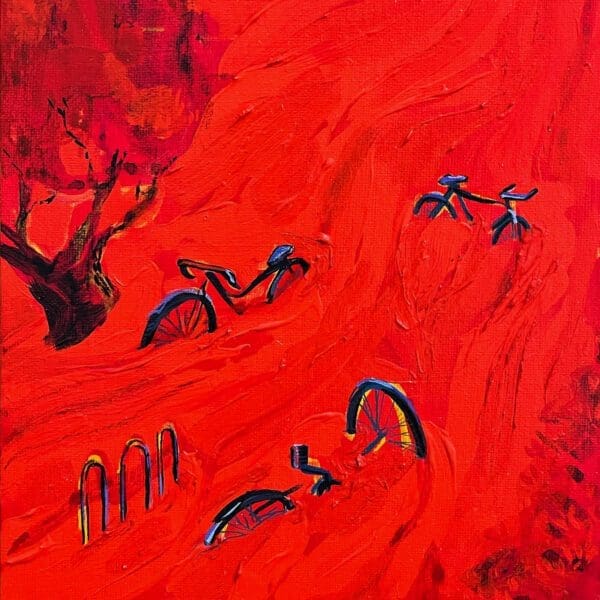
London-born musical genius and six-time Grammy winner Jacob Collier has finally released the fourth edition of his Djesse series. We were fortunate enough to briefly speak to the youthful mastermind about the creation and inspiration that fueled this beautiful, heavy-hitting, and collaborative album.
PoD: “The album artwork for Djesse Vol. 4 is a glass sculpture, can you speak on where you found the inspiration to achieve something like that and how you work to create meaningful art that is both tangible and intangible?”
JC: “Oh, I love that question. So good. So I’ve been a huge superfan of this artist, Dustin Yellin, for some time now, about five or six years… about the length of Djesse actually. I’m not sure how many of you are familiar with Dustin’s work, but he’s a true world-builder. He creates these life-size, multidimensional sculptures where he puts a multitude of panes of glass resined together, but between each pane, he’ll suspend a tiny paper or magazine or paint cutout or form that creates a three-dimensional object with a multitude of layers… which is exactly how I think about music. So, I always was kind of creatively crushing on Dustin from afar, like dude, we should definitely cook together sometime. When it came to Volume 4, this album built from the whole world and all of these materials, I was like, ‘Man, please, what do I need to do to make this happen?’ We’ve been friends for a while but this time around it clicked with his schedule, we could figure it out. It was a rad process. You know that thing you can do with iPhones now when you select the person in the photo with your thumb lightly and it makes it into a sticker? So I sent him a bunch of stickers of collaborators, instruments, things that I liked in my life and throughout my childhood, and then he incorporated a bunch of those alongside a whole bunch of stuff that he liked too, put it into this wild sculpture that, in real life, is slightly bigger than my real head; it’s kind of a glass box. That became the North Star of the album in a sense, this sort of collision of textures, and I think that when it comes to creating art of any kind, whether it’s visual, physical, audial, or written, a thing to bear in mind, I suppose, is to try to include as many dimensions as you experience because one of those dimensions will be more easily empathized with for everybody and my hope with the album, and the art, and general life is to free, reach, and move as many people as I can in terms of them being able to meet me wherever feels right for them. Maybe that’s in an artistic visual medium, maybe that’s in an audial medium, maybe it’s on stage, maybe it’s in a conversational setting, or written word, or whatever, but that’s one of my big dreams and goals and I know Dustin shares the same philosophy, so I’m super stoked that we could figure out a way to work with him on this project.”
PoD: “A recent post of yours teased a sitar collaboration with Anoushka Shankar, how important is it for you to offer a range of worldwide sonics in your musical efforts?”
JC: “Anoushka is so frickin’ rad. She sat right behind me on the piano stool and played the craziest sitar that you’ve ever heard in your whole life, it was wonderful. I think for me, and maybe for every artist, my job is to kind of describe the world as I see it and hear it. I just love all music. There’s nothing I’ve ever heard that I feel like there’s nothing in it for me. There’s always something. India, as with other parts of the world, but really India specifically for rhythm and tuning systems and stuff, it’s really gotten under my skin in a cool way recently and I’ve just been obsessed with it. I’ve looked to Anoushka for many years as one of the leading lights for sitar playing in the whole world; her father RaviShankaris truly an icon of sitar for all who know. So, yeah, it begins not necessarily with an agenda, like I really want to prove this or that or say this or that, more with a curiosity, just like, this is so interesting to me, how do I become more interested in it? How do I deepen my understanding or fascination with this, and there’s no better way of doing that than collaborating with the person that’s inspired you so much. It’s very cool to talk to Anoushka and ask her questions about time, rhythm, and tuning, and to watch her figure out… on the sitar you can bend a fret over a fifth, which is a very large musical interval, and you’d never normally be able to bend that far in any fretted instrument… so to hear her talk about that, and how she conceives it spatially and conceptually, and where she pulls inspiration from is just amazingly inspiring. I feel the same way about, say, the South African collaborators on this album, the drummers from South America and Africa, too, Camilo from South America, aespa from Korea, they all have such different walks of life, but it’s just so cool for me to learn and make a statement like Djesse Vol. 4 in a sense, just to say, this is for everybody, everybody’s welcome. I hope that there’s something for everyone in the album, in some capacity.”
Do yourself a huge favor and give yourself a few hours to dissect this amazing body of work! Check out Djesse Vol. 4, below, and be sure to grab tickets to his show at the Aragon Ballroom on June 9th.
Words by Jack Dombro
Press Photo courtesy of Interscope/Decca





